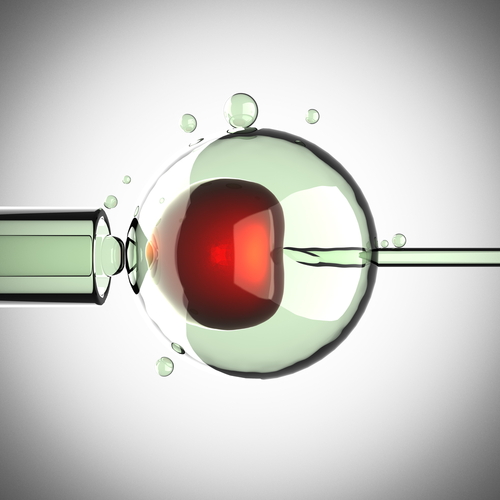 A new study entitled “Effects of different mesenchymal stromal cell sources and delivery routes in experimental emphysema” published in Respiratory Research, studied the impact of different mesenchymal stem (stromal) cells (MSCs) in treating experimental emphysema.
A new study entitled “Effects of different mesenchymal stromal cell sources and delivery routes in experimental emphysema” published in Respiratory Research, studied the impact of different mesenchymal stem (stromal) cells (MSCs) in treating experimental emphysema.
Chronic obstructive pulmonary disease (COPD) is characterized by impaired air flow, and its progression frequently associates with emphysema — a condition where lungs’ alveoli become enlarged, accompanied by decreased pulmonary regeneration. While patients with COPD and emphysema currently lack any effective therapeutic options, potential lung regeneration and reduced chronic inflammation has been proposed as a possible therapeutic measure, via mesenchymal stem (stromal) cells (MSCs). To this point, some studies already report positive effects of MSCs. However, depending on the source tissue, different outcomes have been observed.
Thus, in this study, the authors aimed to determine how different sources of MSCs — bone marrow, adipose, or lung tissue — can promote lung regeneration and decrease inflammation in mice with emphysema. In addition, they also sought to evaluate how different methods of MSCs delivery — such as intravenous injection or intratracheal (IT) — impact both MSCs efficacy and cardiac function in emphysema-induced mice.
[adrotate group=”3″]
The authors isolated MSCs from different sources — mouse bone marrow (BM), adipose tissue (AD) or lung tissue (L) — and separately administered it via IV or IT into the elastase-induced experimental emphysema mice model. Independently of the source, tissue, and administration route, all MSCs decreased inflammation and cell damage and death in lung tissue. When compared IV versus IT, the authors found the latter was more successful in reducing alveolar hyperinflation (with BM-MSCs) and collagen fiber content (with both BM- and L-MSCs). However, IV administration of AD-MSCs and BM-MSCs was the only route resulting in reduced pulmonary hypertension on echocardiography with BM-MSCs also increasing M2 macrophages. Thus, all MSCs tested attenuate lung damage in the emphysema mice model, independently of administration route, but with different effects on both lung and cardiovascular injury. The mechanisms behind these phenotypes need to be further investigated.

